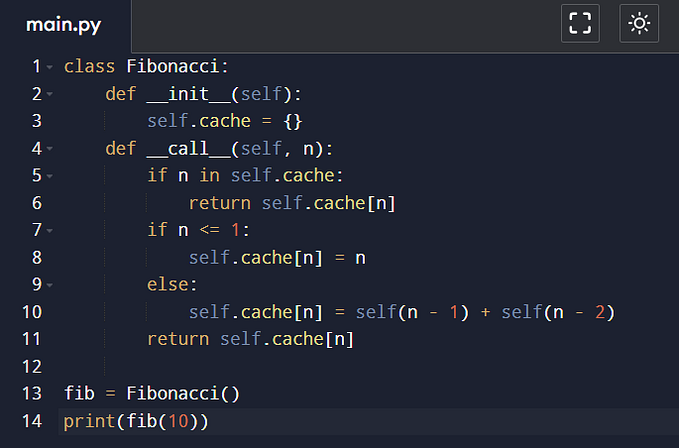Member-only story

Time-based merging is a fundamental operation in data analysis that involves combining two or more time-series datasets based on the temporal alignment of their timestamps. Time-based merging is particularly relevant when working with datasets that capture events or measurements over time, such as financial transactions, sensor readings, or daily weather observations.
The primary goal of time-based merging is to integrate information from multiple sources into a unified dataset, aligning observations based on their timestamp values. This process allows analysts to gain a comprehensive view of the underlying temporal patterns, trends, and relationships present in the data.
I. Preprocessing Time-Based Data:
1. Timestamp Alignment:
Ensure that timestamps across datasets are aligned properly. Use methods like resampling or interpolation to address misalignments.
i. Reindexing:
- Align timestamps by reindexing DataFrames. This is useful for aligning multiple time-series datasets.
df1_aligned = df1.reindex(df2.index)ii. Aligning with Nearest Timestamps:
- Align timestamps by finding the…









